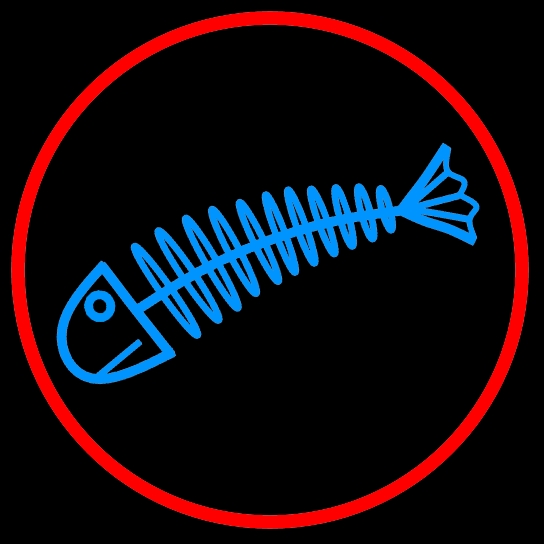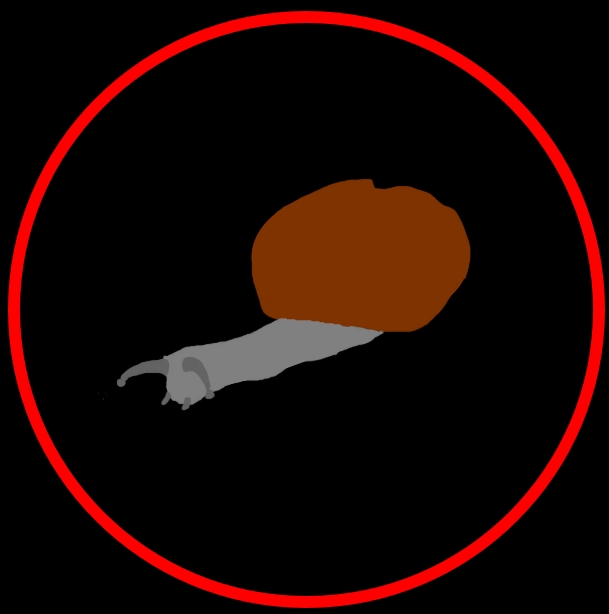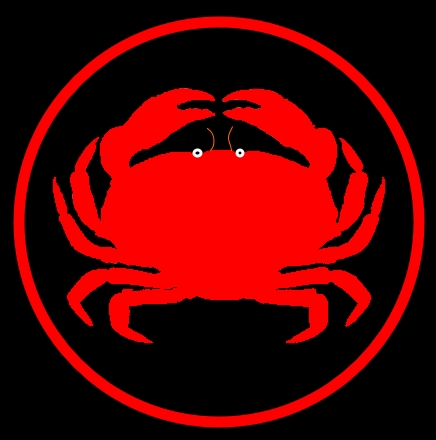Shark
Selachii sp.
Where is it found?
Species dependent. Marine or freshwater habitats.
Diet and foraging methods
Key adaptations
Their skeleton is almost completely cartilage which makes them light and allows them to control their buoyancy. They have well developed jaws and paired fins for speed and manouevrability. Sharks also have an exceptional sense of smell which means they can locate prey with only a tiny amount of blood or flesh in the water, about 70% of their brain is used for olfactory functions.
Social organisation and mating system
N/A
Did you know that...?
Most sharks have conveyor belts of teeth in their jaws, when they lose one it is quickly replace by the next one in line. This ensures they always have a powerful, sharp bite for killing and eating their prey.
Taxonomy
Picture credits:
"Hammerhead shark" by suneko - Flickr. Licensed under CC BY 2.0 via Wikimedia Commons - https://commons.wikimedia.org/wiki/File:Hammerhead_shark.jpg#/media/File:Hammerhead_shark.jpg










